Fentanyl has turbocharged the deadliest drug crisis in American history. But less understood is how the drug has utterly transformed the black market. Mariana goes in search of the new bosses, new routes, new risks and the American communities paying the price for fentanyl’s next wave.
Install the app
How to install the app on iOS
Follow along with the video below to see how to install our site as a web app on your home screen.
Note: This feature may not be available in some browsers.
You are using an out of date browser. It may not display this or other websites correctly.
You should upgrade or use an alternative browser.
You should upgrade or use an alternative browser.
Meksiko
- Viestiketjun aloittaja BlackFox
- Aloitus PVM
The unrelenting slaughter of Mexican journalists has continued after two more newspeople were gunned down by unidentified assassins – taking the 2022 death toll to 11 in what is the deadliest country for media professionals outside a warzone.
Yesenia Mollinedo Falconi and Sheila Johana García Olivera were murdered in the town of Cosoleacaque, about 350 miles east of the capital Mexico City, around 3pm on Monday.
According to reports, Mollinedo, the director of a weekly publication called El Veraz, and García, a reporter, were shot inside their Ford Ikon outside a roadside convenience store.
“They have despicably and cowardly murdered a fellow reporter,” one local journalist announced in a video dispatch from the crime scene, as rifle-toting security forces surrounded the area.
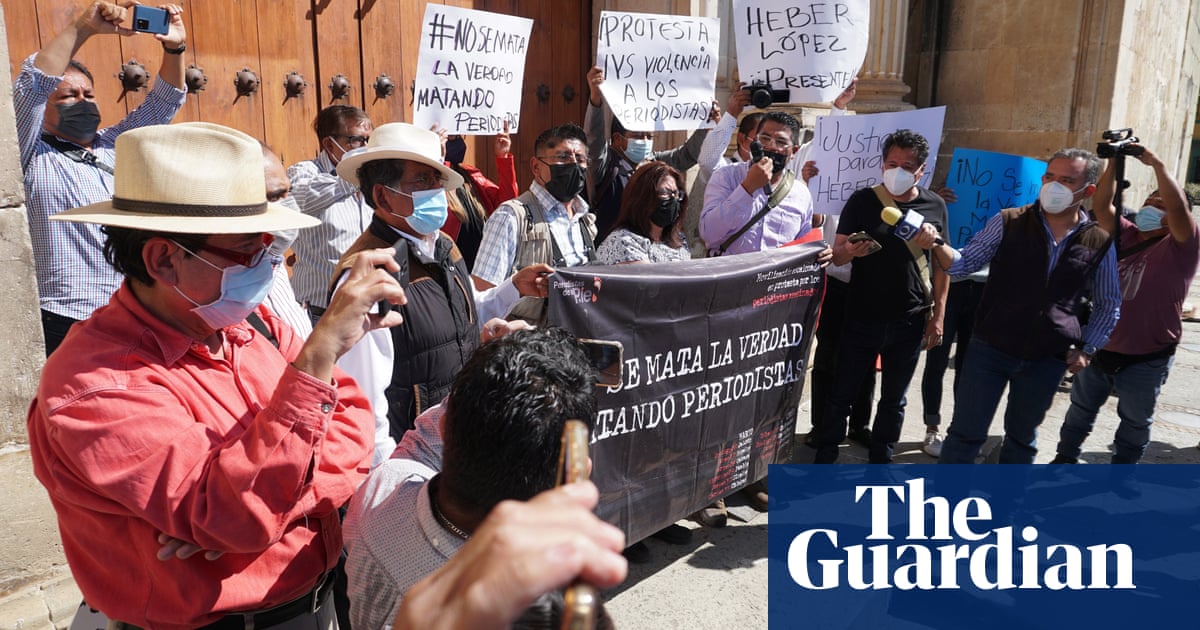
Two slain in Mexico are the latest in unrelenting slaughter of journalists
The president has been accused of failing to address the wave of violence and has been incessant with his attacks on reporters
Speaking earlier this year, Adela Navarro Bello, the director of the Tijuana weekly Zeta, said: “Right now the Mexican press is caught in the crossfire between the threats and bullets of narco-traffickers and organized crime and the threats and verbal attacks and attempts to morally annihilate us from the federal and state governments.”
“When a journalist is murdered, it’s not just the family that loses their loved one … society loses too,” added Navarro Bello, whose publication has not put a reporter’s name on an investigative story since 2006 for fear of them being shot dead. “When a journalist is murdered society becomes a little bit blinder and a little bit more deaf.”
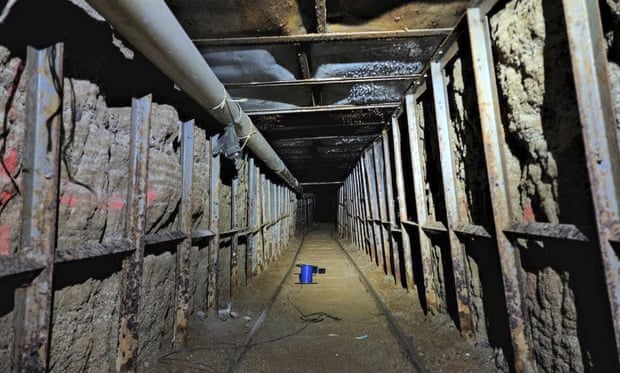
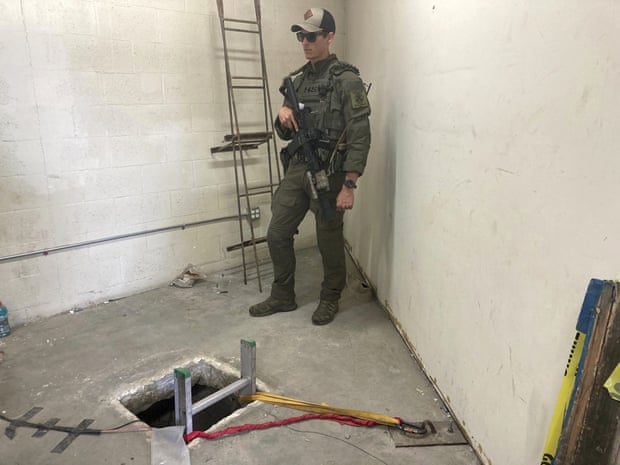
US authorities have discovered an underground smuggling tunnel on the California-Mexico border that runs the length of a football field and contains reinforced walls, electricity, ventilation and a rail system.
Investigators discovered the tunnel, which led to a warehouse in an industrial area on US soil, last week. The tunnel is located about half a mile (0.8km) from the Otay Mesa border crossing between Tijuana and San Diego, in an area where more than a dozen others have been discovered in the past two decades.
After staking out a home that had recently been used as drug stash house, agents began making traffic stops of vehicles near the warehouse, turning up boxes full of cocaine, according to a federal criminal complaint filed in US district court in San Diego.

Drug smuggling tunnel with rail system uncovered on US-Mexico border
The ventilated underground passage runs the length of a football field and also contains reinforced walls and electricity supply
Authorities have found about 15 sophisticated tunnels on California’s border with Mexico since 2006.
Many tunnels, including the one announced Monday, are in San Diego’s Otay Mesa industrial area, where clay-like soil is conducive to digging and warehouses provide cover.
Mexican farmers have travelled to London to demand that a FTSE 100 company compensates them for illegal mining on their land and explain violence against anti-mining activists.
Penmont mining, a subsidiary of Fresnillo, was ordered by an agrarian court in Mexico in 2013 to pay members of El Bajío community, co-owners of common land in Sonora, north-west Mexico, for the gold extracted and to restore the land to its original state.
Having bought shares in Fresnillo, three El Bajío representatives, as well as activists from London Mining Network and London Mexico Solidarity, entered the company’s annual meeting to ask the chairman why it had not complied with the court order and about the kidnapping, disappearance and murder of anti-mining activists.
Fresnillo told the Guardian it had complied with the court order by vacating the land and that it had no connection to any violence.
Jesús Thomas, one of the co-owners, said after the meeting: “We have spent eight years trying to get justice for our people. There are tonnes of cyanide in the soil, a lot of animals are dead. I made it clear to them [in the meeting] that they are in the wrong. They never said anything in reply, they don’t have any answer.
“At least the owners of the company now have the right information to decide whether they are going to do the right thing.”

Mexican farmers demand redress for illegal mining and violence on their land
Owners of community land bought shares to join annual meeting of Fresnillo, a Mexican FTSE 100 company
Rambo
Majuri
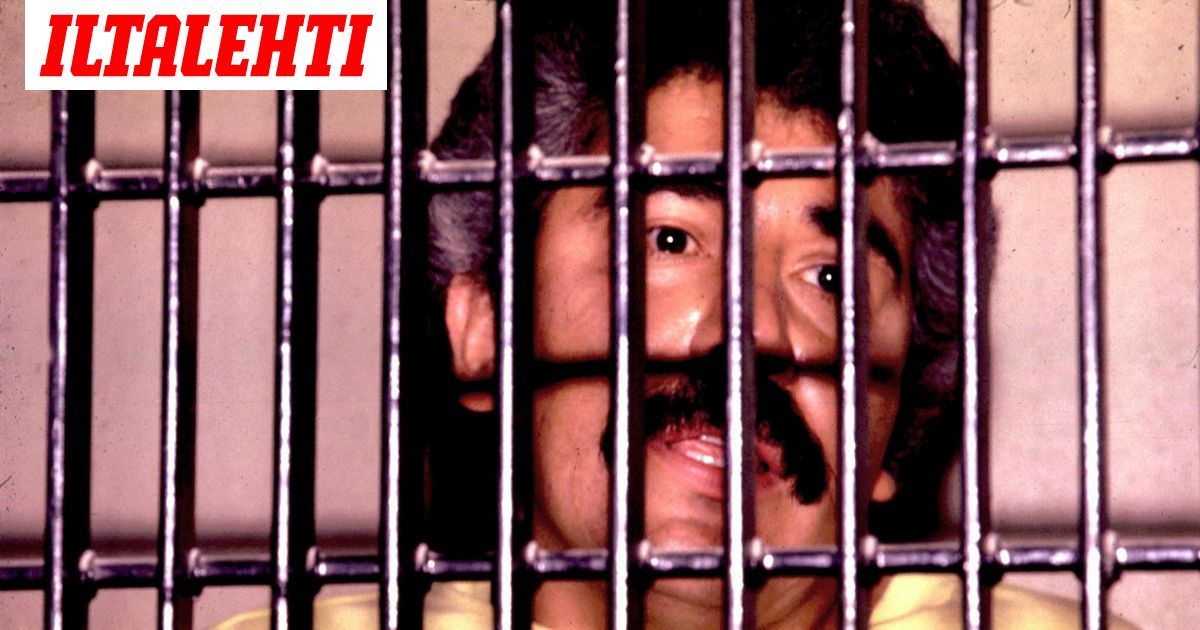
Pahamaineinen huumelordi pidätettiin jälleen Meksikossa – ”Rafa” Quintero vietti viimeiset vapauden hetkensä pusikossa piileskellen
Kiitos pidätyksestä kuuluu Max-koiralle.
The Department of Homeland Security (DHS) said that it has ended a Trump-era policy requiring asylum-seekers to wait in Mexico for hearings in US immigration court, hours after a judge lifted an order, in effect since December, that the so-called Remain in Mexico rule be reinstated.
The timing had been in doubt since the US supreme court ruled on 30 June that the Biden administration could end the policy.
Homeland security officials had been largely silent, saying they had to wait for the court to certify the ruling and for a Trump-appointed judge, Matthew Kacsmaryk, in Amarillo, Texas, to then lift his injunction.
The supreme court certified its ruling last week and critics of the policy had been increasingly outspoken about the Biden administration’s reticence on Remain in Mexico, calling for an immediate end to it.
“It’s a zombie policy,” Karen Tumlin, founder of Justice Action Center, an immigration litigation organization, said last week.
The program now will be unwound in a “quick, and orderly manner”, DHS said in a statement. No more people are being enrolled and those who appear in court will not be returned to Mexico when they appear in the US for their next hearings.
The policy “has endemic flaws, imposes unjustifiable human costs, and pulls resources and personnel away from other priority efforts to secure our border”, the department said.
Many questions remain, including whether those whose claims have been denied or dismissed will get a second chance or if those whose next court dates are months away will be allowed to return to the US sooner, where many immigration courts are struggling with backlogs and staff shortages. DHS said it will provide additional information “in the coming days”.
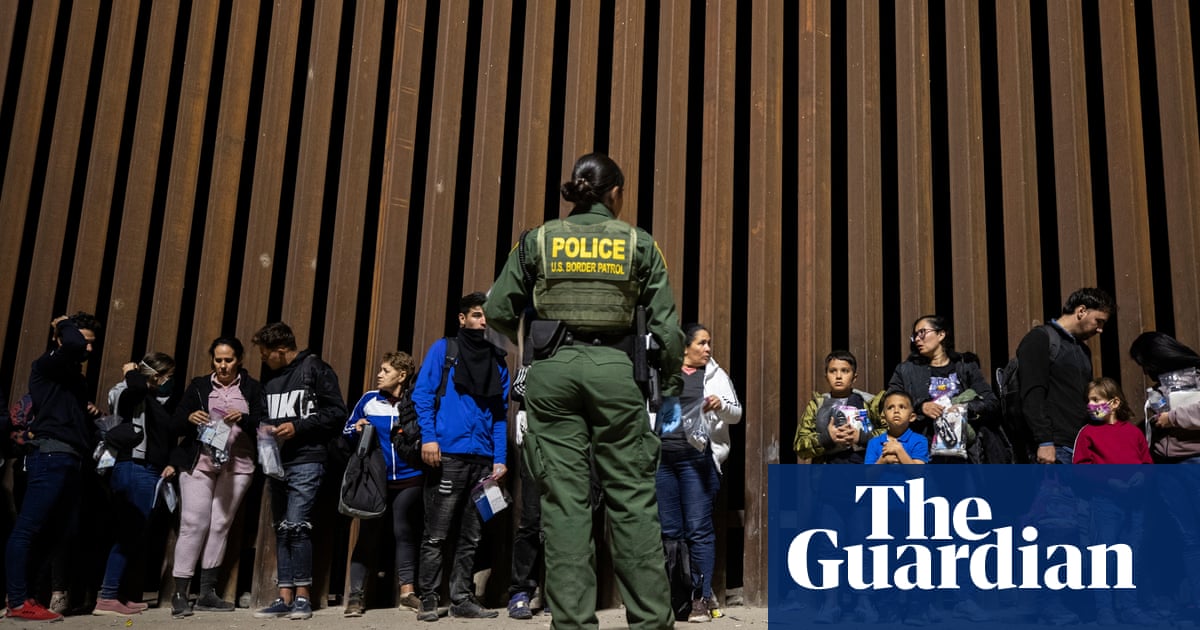
Biden administration ends Trump-era ‘Remain in Mexico’ policy
Homeland security says it ended policy requiring asylum-seekers to wait in Mexico for hearings hours after judge lifted an order
An independent journalist has been found dead in northern Mexico, bringing to 14 the number of reporters and media workers killed so far this year, which has been one of the deadliest ever for the profession.
Prosecutors in the northern border state of Sonora said on Tuesday that tattoos on a body found in the border city of San Luis Río Colorado matched those of journalist Juan Arjón López.
San Luis is across the border from Yuma, Arizona, and has long been known for medical and dentistry offices catering to Americans. But the area has been hit by drug cartel violence in recent years.
In March, volunteer searchers found 11 bodies in clandestine burial pits in a stretch of desert near a garbage dump in San Luis.
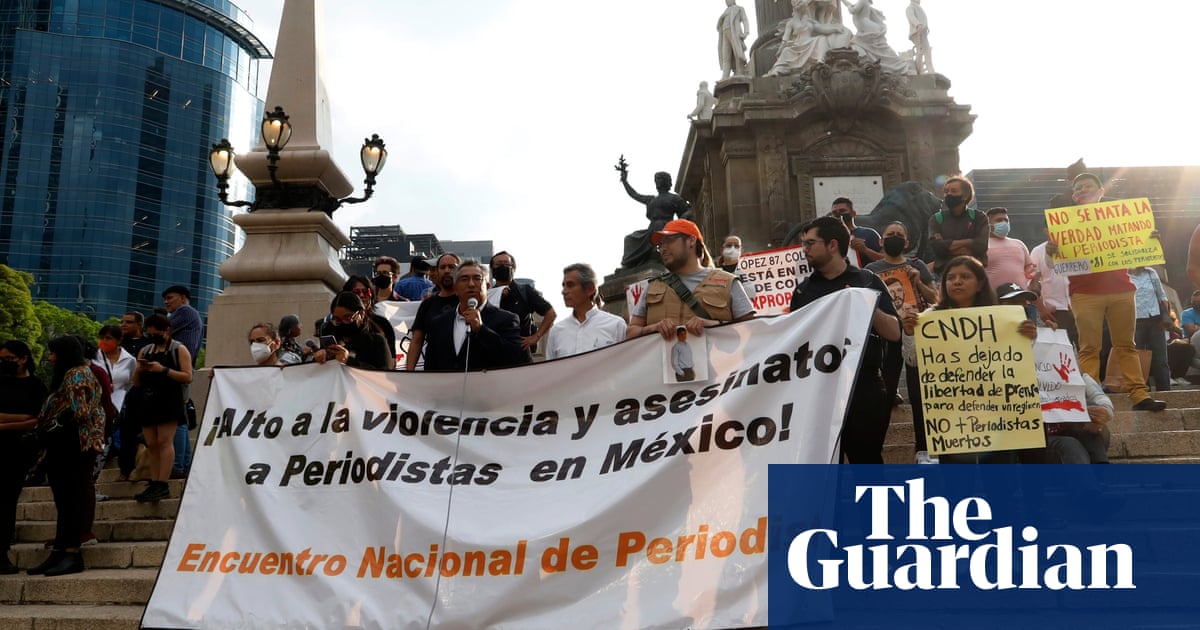
Journalist found dead in northern Mexico in bloody year for media
Body of Juan Arjón López, 14th journalist to be killed in Mexico in 2022, identified by tattoos in border city of San Luis Río Colorado
Mexico is considered the most dangerous country for reporters outside a war zone.
A Cuban doctor has been shot dead at a hospital in a rough neighborhood on the outskirts of Mexico City, prosecutors in the state of Mexico confirmed late on Monday.
The doctor, whose name was not provided, was killed on Friday along with a nurse and another woman at a hospital in the suburb of Ecatepec.
The killing comes after criticism of President Andrés Manuel López Obrador’s plan to hire hundreds of Cuban doctors to work where Mexican doctors aren’t available, or in areas where they don’t want to work because they are too dangerous or remote.
The Cuban doctor killed in Ecatepec was not part of the current hiring program, but his death raised questions over the safety of the plan.
Prosecutors in the state of Mexico, which borders Mexico City, said two armed men entered the hospital in the early morning hours of Friday and asked for a female patient at the reception desk.
Being unable to locate her, the gunmen then forced the receptionist to open the door to a second-floor medical area, where they opened fire, killing the nurse and another woman, and wounding the doctor.
The doctor died later of his wounds at another hospital. Local media said the other victim was a woman who had been visiting a relative undergoing treatment.
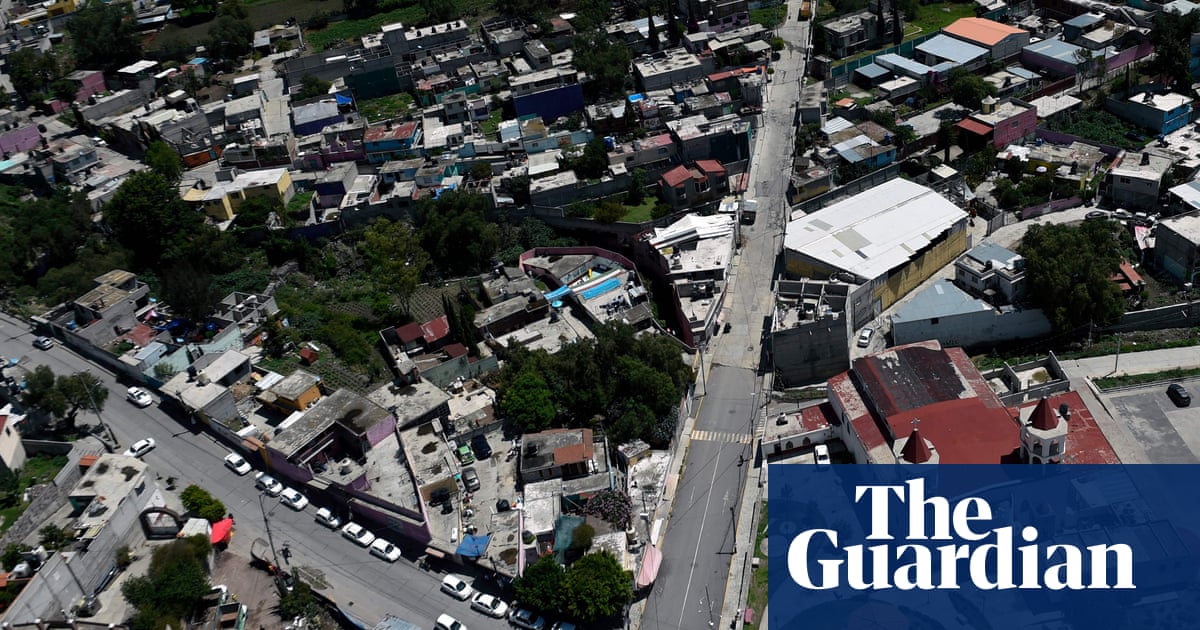
Cuban doctor among three shot dead at hospital in Mexico
Doctor killed along with a nurse and another woman at a hospital in the suburb of Ecatepec, on the outskirts of Mexico City
A local journalist who ran an online news program has been shot to death in southern Mexico, making him the 15th media worker killed so far this year nationwide.
Prosecutors in the southern state of Guerrero said on Monday that Fredid Román was gunned down in the state capital, Chilpancingo.
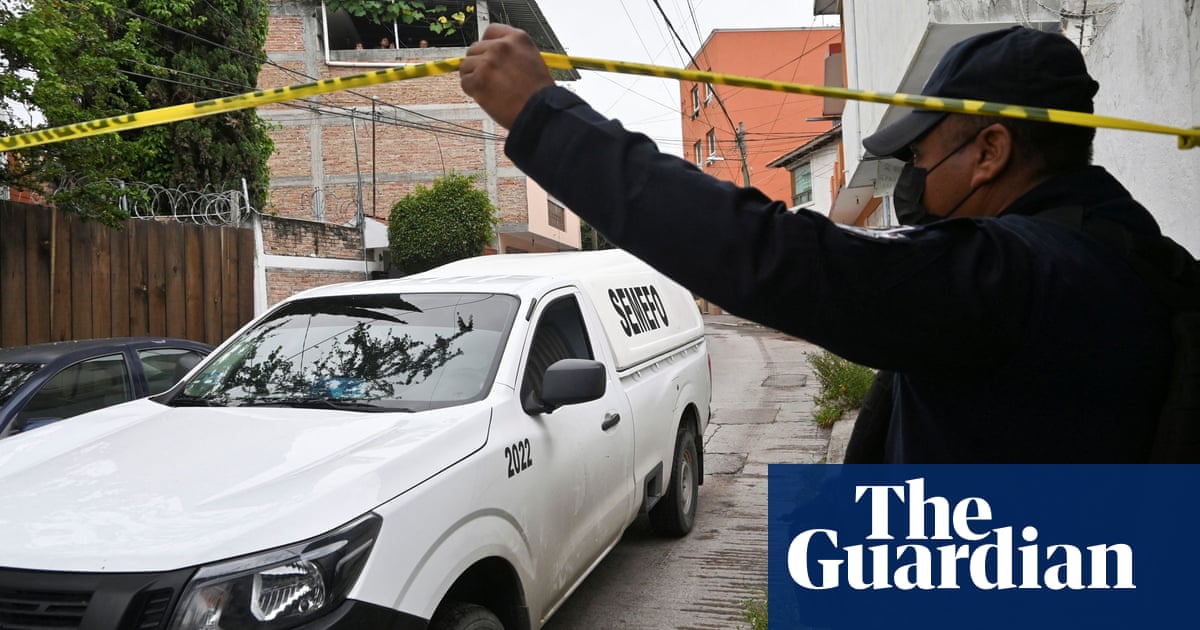
Mexico: journalist in Guerrero becomes 15th media worker killed in 2022
Fredid Román, who ran an online outlet focused on state-level politics, gunned down in his car in state capital
While organized crime is often involved in journalist killings, small-town officials or politicians with political or criminal motivations are often suspects as well. Journalists running small news outlets in Mexico’s interior are frequently targeted.
Jan-Albert Hootsen, the Mexico representative for the Committee to Protect Journalists, wrote after Arjón López’s killing that “although some arrests have been made in earlier cases of press killings this year, an ongoing climate of impunity continues to fuel these attacks.”
In this episode of Rites of Passage, VICE travels down to Sinaloa, Mexico - El Chapo's home turf & the heartland of arguably one of the most powerful cartels in the country, if not the world. There, we follow a pair of local, low-ranking members eager to prove themselves as soldiers and sicarios (hit men) for the Sinaloa cartel. Though they're currently stuck making drug runs, tailing military trucks, & overseeing other petty assignments throughout the city of Culiacán, they'll soon be headed to the mountains of Badiraguato to attend the cartel's underground training camp, where veterans turn hungry young men into willing & able killers. With never before seen, exclusive access to the intricate inner-workings of the cartel's recruitment and training systems, we'll get a sense of how Mexico's most powerful organized crime operations prepare their soldiers to wage war & enforce their dominion over their territory. We'll also get inside the heads of the civilians willing to permanently give up everything for a shot at rising through the ranks - ultimately learning both how & why so many young men are sucked into a life of crime & bloodshed.
At least nine people were found dead in the Rio Grande while attempting a hazardous crossing in Texas, officials said on Saturday.
The discovery was made by US Customs and Border Protection (CBP) and Mexican officials on Thursday while responding to a large number of people attempting to migrate across the river near the city of Eagle Pass.
US officials recovered six bodies, while Mexican teams recovered three others, according to a CBP statement updated on Saturday.
The agency said US crews rescued 37 people from the river and detained 16 others, while Mexican officials took 39 people into custody. Officials on both sides of the border continue searching for any possible victims, the CBP said.
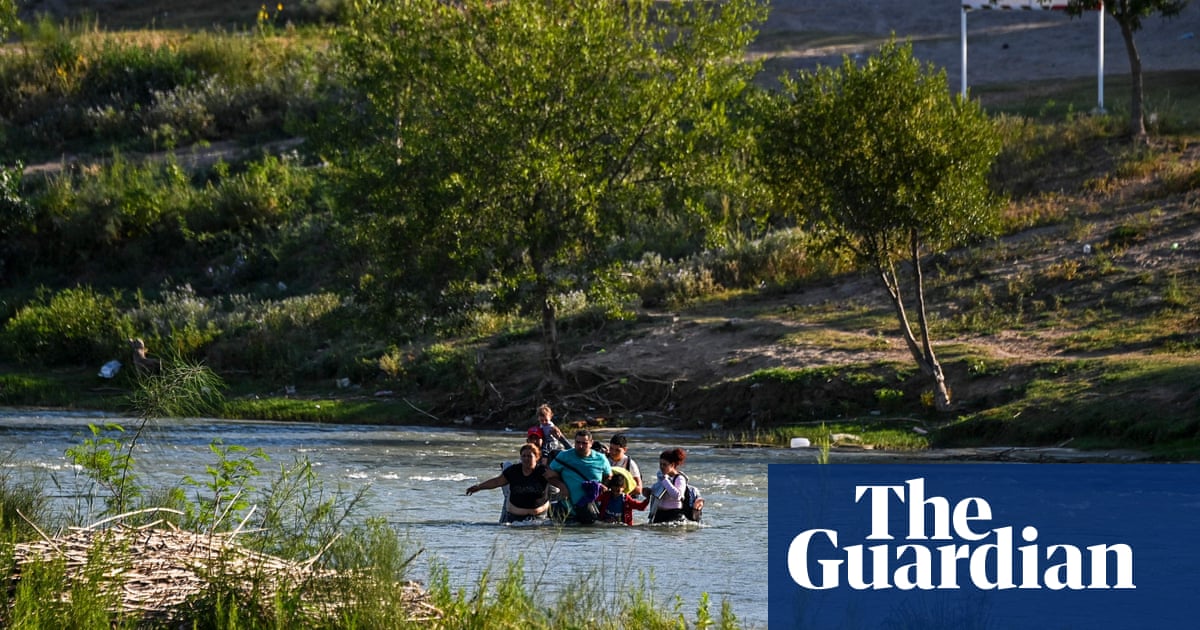
Nine killed and dozens rescued from river at hazardous US-Mexico border crossing
Days of heavy rain caused dangerous currents in the Rio Grande in an area where people frequently cross into Texas
Days of heavy rain in the Big Bend region had resulted in swift currents in the Rio Grande.
The border patrol’s Del Rio sector, which includes Eagle Pass, has been especially dangerous because river currents can be deceptively fast and change quickly. The area draws people from dozens of countries, many of them families with young children. Crossing the river can be challenging even for strong swimmers.
Gunmen have shot dead the mayor of a small town in western Mexico, and at least 17 others, officials say.
Police say gunmen stormed the San Miguel Totolapan town hall at 14:00 (19:00 GMT) on Wednesday. Photos online show it riddled with bullet holes.
Mayor Conrado Mendoza Almeda's left-wing PRD party condemned his "cowardly" assassination and demanded justice.
The attack has been blamed on the Los Tequileros criminal gang, which is linked to a powerful drug cartel.
Police officers and council workers were also killed in the massacre, with graphic images of bloodied bodies lying on the ground circulating on social media.
Mr Mendoza Almeda's father, former mayor Juan Mendoza Acosta, was also killed - in his home - before the attack moved to the town hall.
A highway in the state of Guerrero, where San Miguel Totolapan lies, was reportedly briefly blocked by large vehicles to prevent security forces from getting into the city.
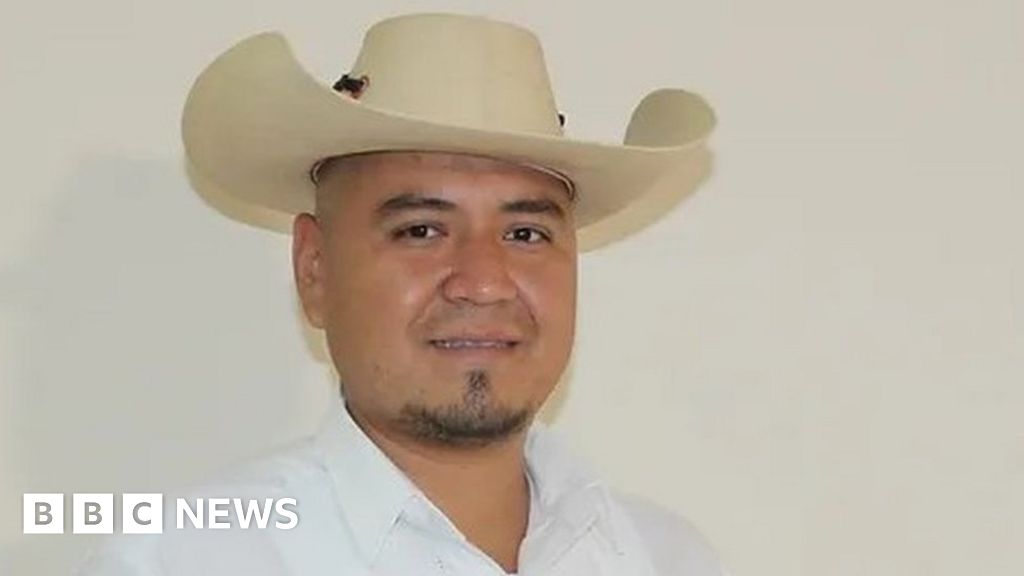
Mexico mayor assassinated in town hall massacre
At least 18 people are killed in the shooting blamed on the Los Tequileros crime gang.
www.bbc.co.uk
Mexican President Andres Manuel Lopez Obrador on Monday denied that a space cooperation agreement signed with Russia last year would help Moscow spy on North America.
The pact was inked before Russia's invasion of Ukraine and "now a scandal is being made because there's talk that Mexico is allowing Russian satellites to be used to spy on Mexican and North American airspace," Lopez Obrador told reporters.
"The truth is that these agreements are signed with all countries and are not intended to spy on anyone or affect the sovereignty of any nation," he added.
The Mexican foreign ministry said that the pact, inked in September 2021, focused on the "exploration and use of outer space for peaceful purposes."
The Russian Embassy in Mexico caused a stir last week when it said on social media that the agreement provided for the possible installation of Russian satellite navigation system stations in Mexican territory.
The Kremlin has touted its system, GLONASS, as a superior alternative to the US Global Positioning System (GPS).
But GLONASS "will not be installed in Mexico," Mexican Foreign Minister Marcelo Ebrard tweeted.
The agreement with Moscow "does not mention or include it and it is not planned to install it in our country," he added.
On a separate note, Lopez Obrador criticized steps by US authorities and officials in Mexico's violent central state of Zacatecas to boost security cooperation.
Last week US Ambassador Ken Salazar hailed a "historic meeting" between the Zacatecas state government and representatives of US agencies including the Federal Bureau of Investigation and the Drug Enforcement Administration.
The Mexican constitution "expressly prohibits state governments from signing agreements with foreign governments," Lopez Obrador said.
But Mexico was not going to "make a scandal" in order to maintain good diplomatic relations, he added.

Mexico denies Russia space deal will aid spying
Mexico City (AFP) Oct 10, 2022 - Mexican President Andres Manuel Lopez Obrador on Monday denied that a space cooperation agreement signed with Russia last year would help Moscow spy on North America.
www.gpsdaily.com

